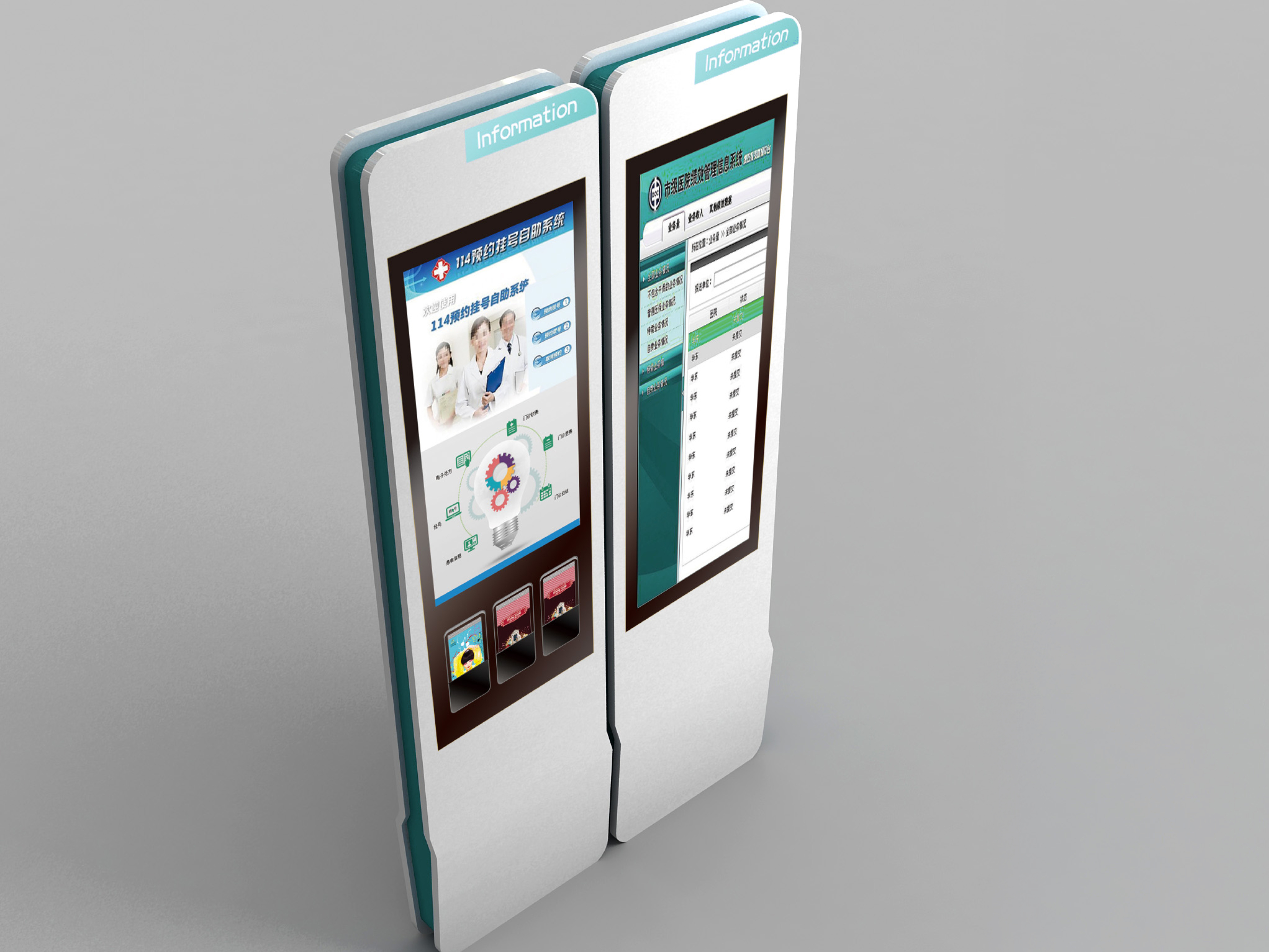In the bustling and often complex environment of hospitals, effective communication stands as a linchpin in shaping the comfort and well-being of patients. Amidst the various communication elements, hospital signage, though frequently overlooked, wields significant influence. Well-crafted and strategically placed signs do more than just offer directions; they serve as beacons of reassurance, alleviating patient anxiety and enhancing their overall satisfaction. This article will explore the pivotal importance of hospital signage, the fundamental principles of its design, and practical strategies to maximize its contribution to patient comfort.
The Indispensable Role of Hospital Signage in Patient Comfort
Hospitals can be intimidating places for patients. The moment they step through the doors, many are already grappling with health concerns, which can heighten feelings of vulnerability and anxiety. In such a state, clear and intuitive signage becomes a crucial source of comfort. It empowers patients by providing them with a sense of control and orientation within the labyrinthine hospital layout.
Directional signage, for example, is a game-changer in reducing the stress of navigation. Consider a patient newly admitted for a complex procedure. Without proper directional signs, finding the correct examination room or treatment area can turn into a frustrating ordeal, adding unnecessary stress. On the other hand, well-placed directional signs with clear arrows and labels can guide them smoothly, making the journey from admission to treatment seamless. Informational signs, too, play a vital role. They offer details about hospital services, visiting hours, and procedures, enabling patients to make informed decisions and feel more at ease during their stay. Safety notices, such as those warning of wet floors or restricted zones, further enhance patient security, contributing to an overall sense of comfort.
Understanding Patient Needs: The Bedrock of Effective Signage Design
To create truly impactful hospital signage, a deep understanding of patient needs is essential. Hospitals serve a diverse patient population, each with unique communication requirements influenced by factors like culture, language, and physical abilities.
For non-native speakers or those with limited literacy, relying solely on text can be a barrier. Incorporating universally recognized symbols, like the international "WC" symbol for restrooms or a red cross for emergency exits, can bridge this gap. For instance, in a large metropolitan hospital that receives patients from around the world, using such symbols ensures that everyone can quickly understand the meaning of the signs, regardless of their language.
Moreover, patients with physical impairments also have specific needs. Those with visual impairments benefit greatly from signage with large, bold fonts and high - contrast colors. Tactile elements, such as braille or raised lettering, can provide an additional layer of accessibility, allowing them to "read" the signs through touch. By catering to these diverse needs, hospital signage becomes a more inclusive and effective communication tool.
Strategic Sign Placement: Navigating Patients with Ease
The placement of hospital signage is as critical as its design. Signs need to be positioned in locations where patients will encounter them at the right moment, guiding them through the hospital's complex architecture.
Doorways, elevators, and waiting rooms are prime real estate for directional signage. In a busy hospital entrance, for example, a large, prominent sign with clear directions to different departments can prevent a bottleneck of confused patients. At key intersections, such as the juncture of multiple corridors, signs should be installed to prevent patients from getting lost. Consistency in color schemes and font styles across all signs also helps patients quickly recognize and understand the information, reducing anxiety associated with unfamiliar surroundings.
Informational and safety signs also require strategic placement. Signs about cafeteria hours should be placed near the entrance or in waiting areas where patients are likely to think about meals. Safety signs, like those for fire exits, should be placed along evacuation routes and clearly visible at all times.
Designing for Clarity and Readability
The design of hospital signage directly impacts its effectiveness. To ensure that signs are easily readable, designers must pay close attention to several elements.
Color is a powerful design tool. Research has shown that colors can evoke different emotions. Calming colors like blue and green are ideal for hospital signage as they can soothe patients' nerves. Pairing these colors with high-contrast text, such as white or black, ensures maximum readability. Sans-serif fonts are often preferred as they are clean and easy to read, even from a distance. For example, using a 36-point sans-serif font in black on a light blue background can make the sign legible from 20 feet away.
Symbols and images also enhance clarity. A simple image of a wheelchair next to a sign indicating an accessible route can convey information instantly, without the need for extensive text. Digital screens are also becoming increasingly popular, as they can display real-time updates, such as changes in appointment schedules or room locations, further improving the patient experience.
The Power of Collaboration: Incorporating Patient and Staff Feedback
To create the most effective hospital signage, involving patients and staff in the design process is crucial. Patients can offer firsthand insights into what information is most important to them and how it should be presented. For example, a patient who has frequently visited the hospital might suggest adding signs that indicate the location of charging stations for electronic devices.
Staff members, who are familiar with the daily operations of the hospital, can also provide valuable feedback. They can identify areas where signs are currently lacking or confusing. Conducting surveys, holding focus groups, and inviting suggestions through digital platforms are all effective ways to gather this feedback. By integrating this input, hospitals can create signage that truly meets the needs of everyone who uses it.
The Future of Hospital Signage: Technological Advancements for Enhanced Comfort
As technology continues to evolve, the future of hospital signage looks promising. Mobile apps are already being developed to help patients navigate hospitals. These apps can provide detailed maps, real-time directions, and even indoor positioning, guiding patients from the moment they enter the hospital to their destination.
Augmented reality (AR) is another exciting development. AR can overlay digital information, such as arrows and room numbers, onto the real-world environment. Patients could use their smartphones to see a virtual path leading them to their desired location, making navigation more intuitive and less stressful.
Digital signage will also play an increasingly important role. These signs can be easily updated to display the latest information, and they can be customized for different patient groups. For example, a digital sign in the pediatric wing could display colorful, engaging graphics to appeal to children, while a sign in the intensive care unit could provide more serious and detailed information for patients and their families.
In conclusion, hospital signage is a powerful tool for enhancing patient comfort. By understanding patient needs, strategically placing signs, focusing on clarity in design, involving stakeholders in the process, and embracing technological advancements, hospitals can create signage that not only guides patients but also makes their hospital experience more comfortable, reassuring, and positive.
Table of Contents
- The Indispensable Role of Hospital Signage in Patient Comfort
- Understanding Patient Needs: The Bedrock of Effective Signage Design
- Strategic Sign Placement: Navigating Patients with Ease
- Designing for Clarity and Readability
- The Power of Collaboration: Incorporating Patient and Staff Feedback
- The Future of Hospital Signage: Technological Advancements for Enhanced Comfort

